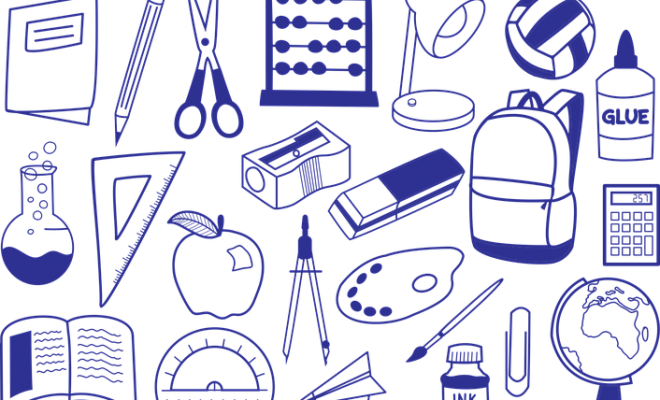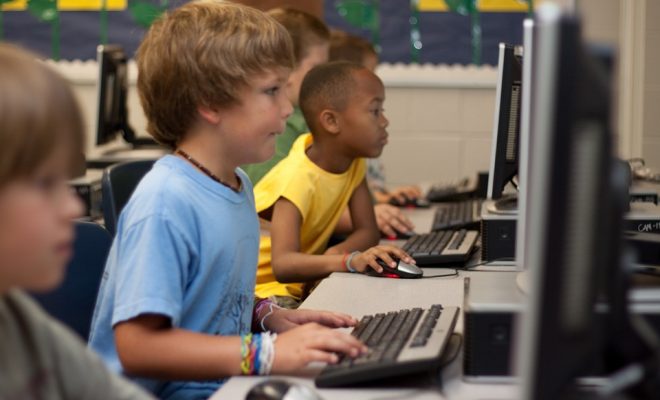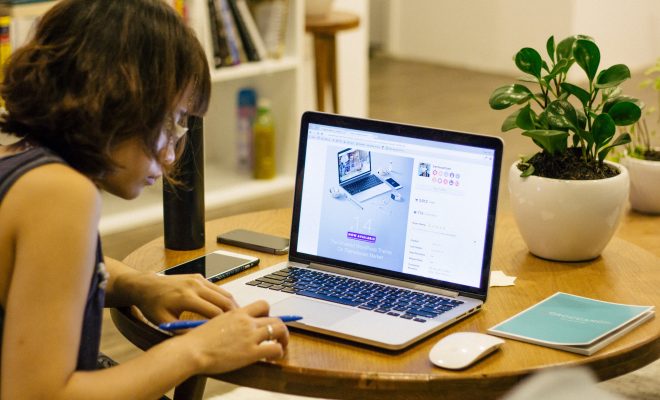3 EdTech Trends that are Redefining the K-12 Landscape

Edtech is the newest buzz term for educators, but within this sphere are more specific trends to be aware of. Primary and secondary school teachers should be aware of three edtech trends before the start of the new school year. These trends include makerspaces, virtual reality, and personalized learning.
- Makerspaces
Makerspaces have begun to pop up, not just in school settings, but in other community spheres. Local libraries often host maker meet-ups, and community centers will have designated spaces where makers can gather and share ideas. Makers are people who make. And makerspaces are places for makers to develop and share their thoughts. Schools can foster this trend by turning unused classrooms into makerspaces. This is the ideal setting as it allows students to have a permanent place to house their inventions, tools, and materials. However, most schools do not have the extra room. If this is the case, a free classroom during lunch or after school can be an alternative setting. Makers can be adaptable and can learn to take their inventions on the go.
- Virtual Reality
Another edtech trend that K-12 teachers should be aware of is virtual reality. The Occulus Rift is the most well-known advancement in virtual reality, and while it has become synonymous with home gaming, it does have properties that can be used in the classroom. War re-enactments, ancient civilizations come to life, or pre-historic animals can all be experienced with virtual reality. This is a high-end edtech tool that may not be available in all schools. However, virtual reality is at the forefront of the future of technology and educators should start to think how it can be implemented in their curriculum. By being aware of this significant trend, teachers can be proactive instead of reactive.
- Personalized Learning
One last edtech trend to be aware of is personalized learning. Personalized learning is unique to this list because it can exist both with technology and without. At its core, students and educators work together to create learning goals for each specific student. The end goals and standards can remain the same, but ideally, each student is able to find their own learning pathway to achieve these goals.
Technology can help teachers work with students to design projects and lessons to work on. Students can access a wealth of information to help them with these projects and can delve deep into subjects that they are passionate about. Collaboration is also aided by technology as students can work together with peers across the globe to better understand different viewpoints and ideas. Edtech has global capabilities that can spark the imagination of any student.
Edtech is constantly evolving, and it can be a somewhat daunting task for educators to keep track of the latest trends. Makerspaces, virtual reality, and personalized learning are three trends that have staying power and are important to be aware of.





